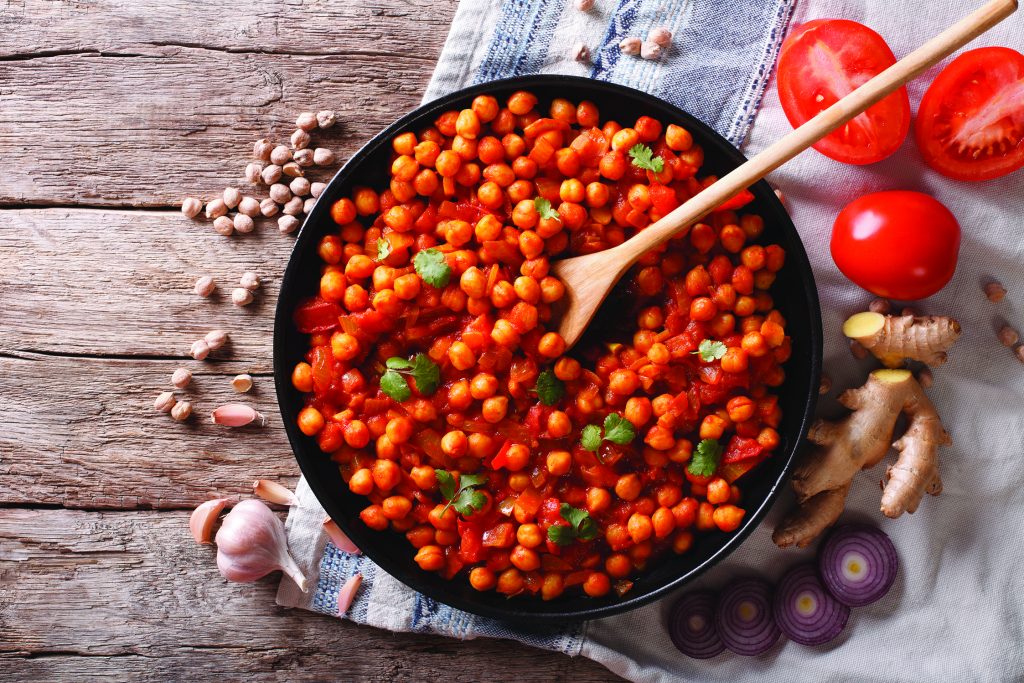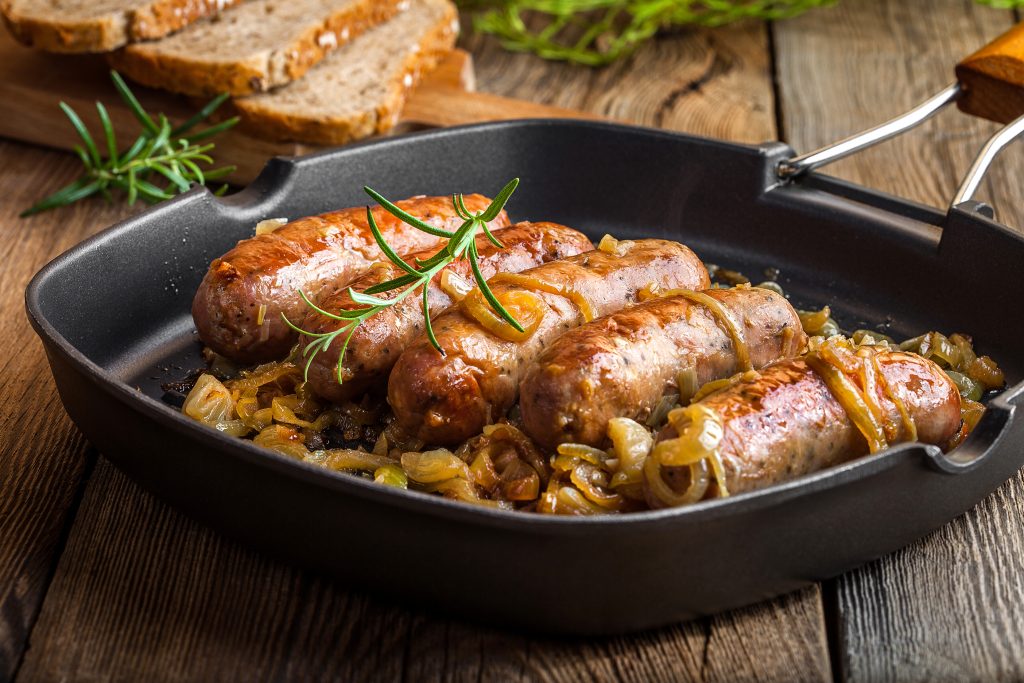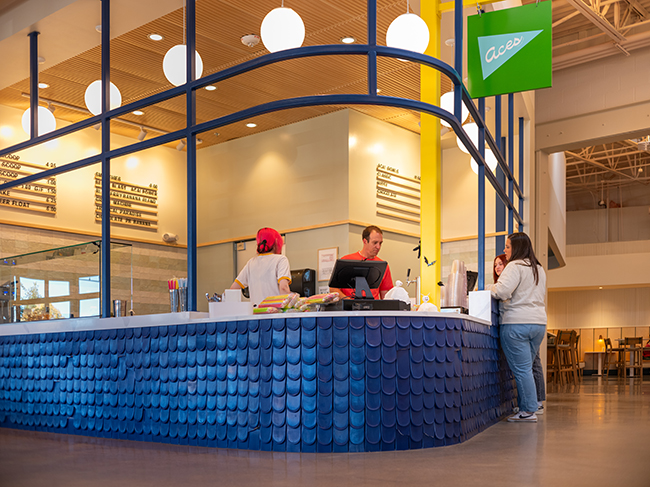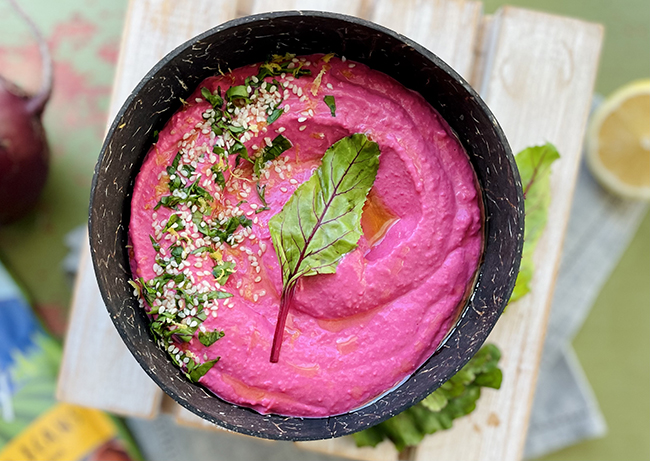Three Recipes That Got Locals Through Trying Times
15 Sep 2020
Comfort in Cooking
By Kate Jonuska
With restaurants closed or offering limited services and shortages impacting grocery shelves, the COVID-19 pandemic instantly changed the way we cooked and ate when it hit this spring. Here, three locals share recipes that nourished them throughout this crisis.
 Jeffrey Kash
Jeffrey Kash
Community development manager at Elevations Credit Union and a community organizer
Jeffrey Kash’s break-glass-in-case-of-emergency recipe has always been his Hungarian Chicken Soup. “My husband insists it could bring back the dead—they do call [chicken soup] Jewish penicillin, you know,” says Kash, who has Hungarian roots and remembers cooking countless meals as a child in the basement of his family’s Hungarian church, and as the assistant chief elder of the Hungarian Reformed Church in Duquesne, Pennsylvania, before moving to Boulder.
“In the early months of lockdown, I think we made and delivered about fifteen pots of chicken soup. As soon as we could find whole chickens, we’d cut them up, make big batches of soup and deliver them to people in our neighborhood who were vulnerable—either the elderly or the immunocompromised,” he says. “When I saw them come to the door after ringing the doorbell, I knew they were OK,” says Kash, whose touchless soup deliveries brightened people’s lives.
Known for his sense of humor as well as his good heart, Kash went even further with his miracle soup. Back in May, he took to the stage—aka his kitchen—as his alter ego, Mrs. Eda Bagel, for a 20-minute demonstration on how to cook his soup.
“Everyone wanted to know how to make it and my stage character, Mrs. Eda Bagel, is far better at presenting than little, old me,” Kash says. “Besides, it gave her a chance to literally throw a chicken around my kitchen.” Click HERE to watch.
Kash’s Hungarian Chicken Soup

INGREDIENTS
1 whole chicken 1 large onion 3 cloves garlic, chopped Salt, to taste 1½ pounds carrots, chopped 1½ pounds celery, chopped 1 tablespoon ground pepper 1 tablespoon Hungarian paprika 1 handful fresh parsley, chopped
DIRECTIONS
1. Place the chicken, onion, garlic and salt in a 12-quart stockpot. Cover with water and bring to a boil, skimming the surface to remove any foam that appears, to keep the broth clear.
2. Simmer on a low boil for about two hours, or until the chicken is close to falling apart. Remove chicken to cool. Add the carrots, celery, pepper, paprika and parsley and continue to boil.
3. After the chicken has cooled, take the meat off the bones and add it back to the pot. The soup is done when the carrots are soft. Salt to taste.
4. Serve over thin egg noodles, rice or roasted spaghetti squash.
 Lauren Lewis
Lauren Lewis
Chef, cooking instructor and yoga teacher
As a chef and yoga teacher, Lauren Lewis is an expert in nourishing the body, mind and spirit. So when the pandemic struck, she found creative ways to meet the challenge. She took to Zoom to host distanced yoga in local parks and starred in free yoga videos on Gaia.com.
When shortages and fewer grocery trips likewise disrupted her cooking routine, she changed her approach. “My goal has been to use up everything I have before shopping again, which has led me to create some unique dishes that I may otherwise never have cooked,” says Lewis, who, as a chef instructor for Rouxbe online culinary school, encourages students to be courageous and break free of following recipes to a tee.
“The pandemic gave me the opportunity to practice what I preach,” she jokes, noting that coconut-braised chickpeas is one of her quick, go-to recipes. During the pandemic, she’s substituted ingredients according to what she has on hand, like chard or collard greens for the spinach and quinoa rather than rice. She sometimes swaps in spices, too, like adding curry powder for a different flavor.
“The creative process of looking at what you have and constructing a balanced meal is a fun and confidence-building undertaking,” says Lewis, adding that cooking offers solace during a time that feels out of our personal control. “I’ve felt a sense of empowerment knowing that I can bolster my family’s immune systems by prioritizing simple, whole-food meals.”
Lewis’ Coconut-Braised Chickpeas with Spinach and Sun-dried Tomatoes

Courtesy of Rouxbe (rouxbe.com)
INGREDIENTS
1 teaspoon coconut oil 1 yellow onion, diced 4 cloves garlic, minced 1 teaspoon fresh ginger, minced 1 ½ cups sun-dried tomatoes, julienned 1 whole lemon, zest and juice separated ½ teaspoon chili flakes, or to taste 2 cups canned chickpeas, drained and rinsed ½ pound fresh spinach, roughly chopped 1 14-ounce can coconut milk 1 teaspoon ground ginger Sea salt and freshly ground black pepper, to taste ½ bunch cilantro, chopped, for garnish
DIRECTIONS
1. Heat a large Dutch oven or deep sauté pan over low to medium-low heat. Add coconut oil, followed by the onions and a good pinch of salt. Let the onions sweat for 10 minutes or until translucent. Once soft, add the garlic and ginger and cook another minute. Add the sun-dried tomatoes, lemon zest and chili flakes, and cook for about a minute.
2. Add the chickpeas and stir to coat in the tomato mixture. Turn up the heat slightly to crisp the chickpeas a bit, then turn down the heat slightly and add the spinach a -handful at a time. Continue until all the spinach is added.
3. Add the coconut milk, stir to combine and bring to a simmer. Add ground ginger and a bit of the reserved lemon juice. Taste for seasonings, adding more lemon juice, salt and/or pepper as needed.
4. Serve with brown rice or any grain of your choice and garnish each plate with a healthy serving of fresh cilantro. Enjoy!
 Juliet Wittman
Juliet Wittman
Author of “Stocker’s Kitchen” and a local theater critic
As an avid home cook, Juliet Wittman was less worried about toilet paper shortages at the start of the pandemic than she was about obtaining the fresh, local, delicious food she loves.
“I started wondering—in a bit of a panic—how our local farmers and ranchers would survive and where I could find their meats, eggs, honey and produce,” says Wittman, who typically frequents farmers markets throughout the season. Turns out, her fears were unfounded: “Farm stands started popping up all over, farmers signed up more and more people for CSAs and a longtime farmer started delivering to customers’ doorsteps.”
Instead of suffering a lack of ingredients, Wittman found herself cooking more than ever. She started trying all kinds of new recipes and stayed socially connected with her daughter, who lives nearby with Wittman’s grandkids.
“She picks up peaches from the orchard, and we split the box,” Wittman says, noting they bonded over a mutual dislike of beets and a curiosity about kohlrabi, and occasionally they share the outcomes of their separate labors. “I make a quiche, she brings a salad, and we all eat together in the garden. Yeah, distanced.”
Wittman’s Sausage with Apples and Onions

INGREDIENTS
4 fat brats 1-2 tablespoons olive oil 1-2 garlic cloves, chopped 1 small onion or ½ big onion, sliced thin 1 apple, sliced thin ½ cup red wine (water or chicken stock will work if you don’t have wine) Salt and pepper, to taste
DIRECTIONS
1. Prick the sausages a few times on two sides.
2. Heat a sauté pan over medium heat. When a drop of water sizzles on the surface, add the olive oil.
3. Throw in the sausages and let them get nice and brown; then turn down the heat until they’re cooked through. Take the sausages out of the pan and keep them warm.
4. Let the pan cool, then add the garlic and cook for roughly 30 seconds. Don’t let it brown.
5. Add the onion and apple slices. Stir and season to taste, and cook until they’re transparent. Don’t overcook—it’s tastier if the slices have a bit of bite to them.
6. Deglaze the pan with red wine. Let the wine boil down by about half; add a little water at this point, if you like. There should be enough liquid to make a little sauce.
7. Taste the sauce for seasoning, reheat the sausages in the pan, and serve them smothered with the onion/apple mixture.
NOTE: This recipe also works well with pork chops.












